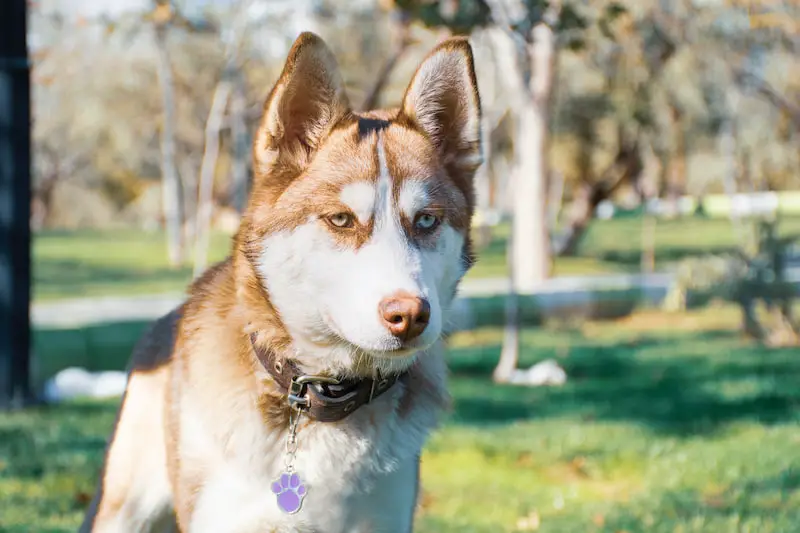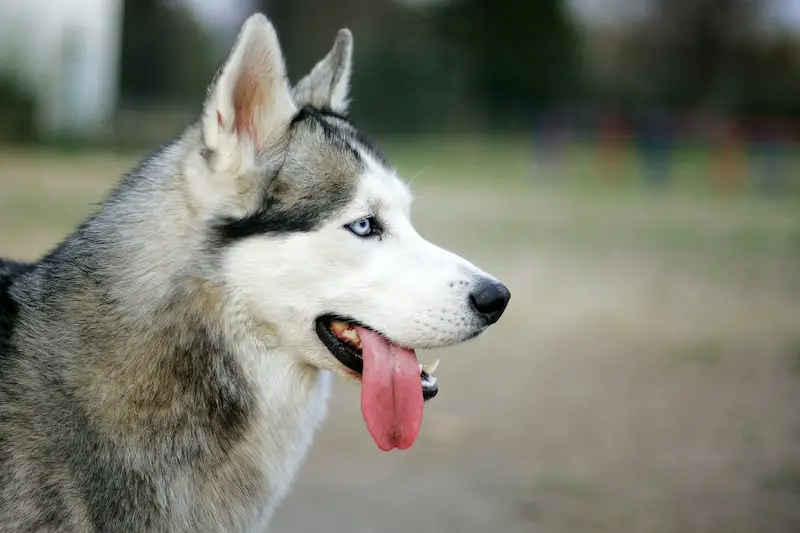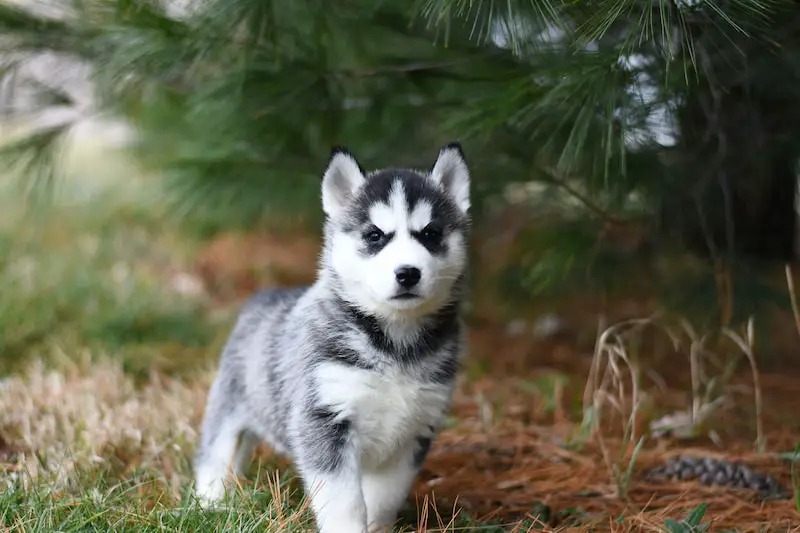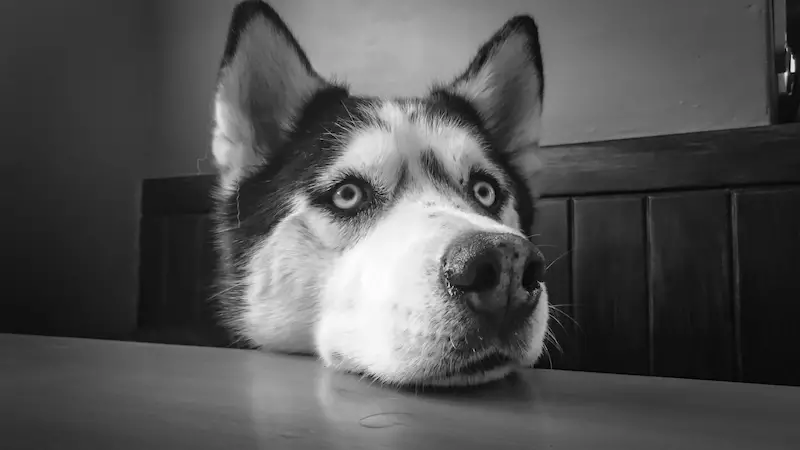Types of Training Methods

Now that you’re aware of your goals – let’s talk about how you’re going to achieve the objectives.
This is where a suitable training method can come in handy. As a trainer, I only ever support positive reinforcement techniques to teach canines good behavior.
So here’s what your options are in terms of types of training techniques:
Method One: Building On Trust
As the name suggests, this technique is designed to gain your pupper’s trust. To do so, you’re going to focus your energies on being confident and calm as you deal with your husky puppy. Expressing anger will only scare your pet and confuse it.
As your relationship of trust builds, you’ll notice your pup starting to follow you around. That’s the time to develop clear boundaries about what your pet can or can not do.
For instance, a sure-shot way of getting your alpha position across is by training your pup to eat once it has your permission. You can do this by pulling its bowl away until your puppy realizes your consent is required.
Another way to get your authority across is by setting up and sticking to a toilet routine once your pup has mastered potty training. Finally, if your pup barks or whines excessively to grab your attention when bored and play time’s over – ignore it.
Giving in to your husky’s attention-seeking ways will only make your puppy think it’s in control. Instead, try waiting for your pup’s barks to stop before you give it your attention.
Method Two: Building on Obedience
Huskies puppies may not be as easily trained as a different breed. This is why, if you’re a first-time canine parent or unable to grab your dog’s attention the way you’re supposed to – you can enroll your pet in a puppy school for obedience training classes.
That’s not cheating because one, not only will your husky learn how other canines respect and follow their owners. Two, you will be able to learn how to curb your husky’s independence by watching how trainers handle the situation.
Continue working on commands with your pet at home with the help of treats or toys for positive reinforcement. As long as you control your husky’s food and toys, you remain at the top of the pecking order.
It’s also a good idea to pick up on how to calm down your Sibe to a submissive or calm state, gently rubbing to stroking its fur. Remember, if you think a behavior is unacceptable – communicate with a ‘NO’ right away.
Allowing your puppy to do the deed a few times and then suddenly stopping it out of nowhere will confuse your husky.
Method Three: Building on Leadership
Under this training method, you’ll have to focus on training your husky to understand and respect your role as a leader. For example, take your pup out on a walk before mealtime and wait until it’s calm before presenting its food.
Set up an area in your home that’s entirely your doggo’s – be it an entire room or a corner with your husky’s bed. Doing so will help your pet understand that every other area in the room belongs only to you.
The next step requires you to set up as your pup’s protector when it’s feeling distressed or scared. A pack leader is responsible for the safety of the pack.
An easy way to let your pupper know you have its back is by stepping in between your pup and people your husky doesn’t know. It’s also a good idea to comfort your pooch if it’s scared by gently rubbing its fur or by removing it from the situation causing distress.
Finally, while having your husky sit and follow commands at home may take patience, be mindful you don’t ever punish your puppy. This will undo all you’ve done to earn its trust and respect and make it fear you.







